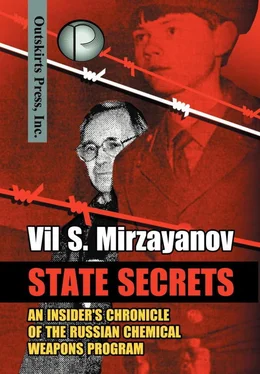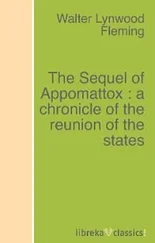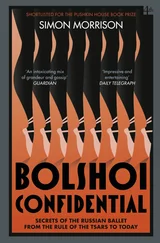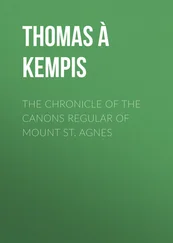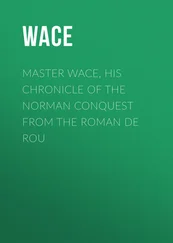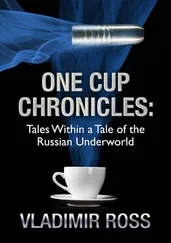I was curious about how he accomplished all of this. Pichidze explained to me that it was necessary to buy two or three boxes of chocolates for this, and to go to Vneshtorg (the Ministry of Foreign Trade) located on Smolenski Naberejnaya in Moscow. Then you needed to appeal to the woman in charge of or working on the purchase of imported instruments. At first, he said, you asked what the procedures were for purchasing foreign instruments and anything else. Then, with the manners of a gentleman you thanked her kindly and handed over a box of chocolate candy, as a tip for the consultation. After this, you confidentially try to find out if there was any hard currency remaining that had been spared during the process of purchasing instruments.
Indeed, while filling the orders for instruments, there often is a difference between the sum of currency budgeted for some organization and the real amount spent on the purchase. This money must, of course, be returned to the customer, and they did this – in Soviet rubles, not in hard currency like American dollars. At this time the hard currency equivalent for rubles was a laughable value: one dollar was equal to 70 kopecks. But just try to get currency appropriated in this ratio! For this reason, the apportionment of currency for any foreign purchasing was tantamount to an act of charity or a present.
Money could always be saved in this way on the numerous purchases made in hard currency. What was left over could be combined again with other sums and saved, to purchase instruments for someone else, let’s say for a handsome gentleman like Sergey Pichidze. Naturally, Military Unit 61469 had to pay for this, but only in Soviet rubles. This did not present a particular hardship, since the sum in rubles was ridiculously low. As you can see in this case, this scheme was based on honesty. No crime was committed, and there was no cheating, since money didn’t go into anyone’s pocket.
The imaginative antics of Pichidze sometimes reminded me of the escapades of Klestakov, from Nikolai Gogol’s comedy The Inspector . One day in 1986, Pichidze showed up with a friend at the car dealership in the Kujbishevski Military District, where people from Military Unit 61469 shopped for their cars.
Anyone who was familiar with the automobile trade in the U.S.S.R., knew that in order to purchase an automobile, you first had to get on a waiting list at work, and then if you were lucky you could get one 5-8 years later. The cars they “gave” us in this way were models that were becoming obsolete and poor in their technical performance. Good automobiles went to satisfy the demands of the Soviet bureaucracy. They had their own list for that, and the cars that they were “given” were more fashionable, if such a word can be used to describe Soviet automobile construction.
Dropping by the showroom, Pichidze declared to the manager: “I’m here from General Razuvanov.”
This statement was not particularly suspicious, if you take into consideration the fact that the military did not name their division number, for reasons of secrecy. The manager of the dealership, who was a colonel himself, knew this military unit, where General Razuvanov was the commander. Right away he understood that Pichidze was someone who came to personally pick up a car for the military commander of Unit 61469.
“Just today we received a car, a Zhiguli-luxe, and you can take that car,” answered the colonel-manager of the shop.
Calmly and with a bit of a haughty attitude, Pichidze asked what was required for that. The manager replied “Nothing other than formal confirmation from the military unit that you are working there.”
This was already customary business for Sergey and he quickly brought the manager a certified telegram from the office of the commander saying that Pichidze was employed in Military Unit 61469.
“Pay and take your beauty,” came the answer. Pichidze and his friend had brought a sum of money with them sufficient to pay for the luxury car.
In the evening of that long June day, as the military people were leaving work, they watched Pichidze with undisguised envy, moving slowly along the main street (there were only two streets) of the Shikhany-2 settlement. Pichidze was smiling happily, proudly seated behind the wheel of the beautiful new Zhiguli-luxe. There were no such automobiles to be found in the settlement, even belonging to the general himself.
Naturally the general decided to check on why he did not “get” the car first. However, when he phoned the manager of the Kujbishev shop to inquire about it, he was told that he had already sent him the car.
A scandal broke out in Shikhany-2, but no matter how the assistants of the military commander tried, they were not able to find any official fault. All of the sales documents were written up in the name S. Pichidze, and he was legally the owner of the automobile.
At one time there were even so many imported physical chemical instruments in the Military Unit 61469, that they could not all be fully put to use. I won’t hide the fact that the base was in very short supply of detectors, and some equipment was assigned to me out of friendship, essentially to help me fulfill my doctoral dissertation.
The equipment acquired by Pichidze (mostly American), helped elevate the testing on the Polygon to a new level. It became possible to use these instruments to analyze probes of compounds on the test site, which had been practically impossible to analyze before. Even the analyses of probes with phosphoorganic chemical agents were now speeded up by several times, by using the American on-line cholinesterase equipment. This considerably shortened the work that was done by hand, which had required numerous employees.
Rudolph Naberezhnich came with me to Shikhany-2, and like the majority of the people in Department RP at GOSNIIOKhT, he had been one of the longtime regulars, in the department run by Igor Evstafeev. For this reason we were greeted with great good will and a promise to help us in our work.
At that time, there were many obstacles which complicated our testing. All military bases prepared some kind of exhibition and some kind of sanitary cleaning was conducted at the test site on the base, etc. The chief problem, however, was an American satellite which appeared on fixed days of the month to survey the Shikhany Polygon, and naturally, everything had to wait until it cleared out of the observation zone.
Finally, on one day in September, taking all the proper precautionary measures, we put several kilograms of Englin’s substance out on the polygon.
Dressing ourselves in full chemical defense suits with thick rubber gloves and gas masks, we took some of the powdered preparation out of a container and scattered it on an area of a defined size.
We completed all operations according to the instructions for conducting these tests, and were finishing up a ways off from the square, changing into our casual clothes. For some reason I felt I was pulled back closer to the square. I wanted to smell the test preparation. Since I had been developing methods of analyses of different irritants like CS and CR, I had become familiar with some of their functions. This was practically unavoidable since laboratory equipment is very vulnerable and there is no absolute guarantee against leaks of the chemical compounds being tested.
I had not detected any irritating scent on my gloves when I removed them (without my gas mask on), and it was surprising that I did not smell anything on the area closest to the square, where they were still misting the rest of the chemical into the air.
When I went right up to the square, the result was the same. There was no smell, even when I practically inhaled the air right over the preparation. This shook me up, and I asked Rudolph to confirm my discovery. He did the same and satisfied himself that there was no smell.
Читать дальше
